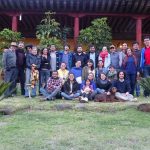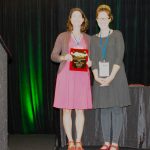L’ANSE, Mich. (WLUC) – The Village of L’Anse held a community meeting Tuesday to gauge the interest in creating a community solar garden.
The potential location for the solar garden would be the industrial park near the Bishop Baraga Memorial on Lambert Road. It could power up to 12 whole homes and be split into 200 shares that the community would be able to buy into.
This meeting was hosted by the Upper Peninsula Solar Technical Assistance and Resource Team (UPSTART). UPSTART is comprised of members from Michigan Tech, WPPI Energy, and the Western Upper Peninsula Planning and Development Region.
Community members that attended this meeting were given quick presentation on the potential solar garden. Afterwards, they were asked a few questions to gauge their interest in having one in L’Anse.
“We want to know is this going to work in L’Anse? But also, do folks in L’Anse want this to happen,” said Emily Prehoda, UPSTART Michigan Tech Grad Student Representative. “That’s kind of what we’re getting out of tonight. It’s supposed to be informational for them, but also informational for us. We want to know, do they want this to happen?”
UPSTART will be reviewing the responses after Tuesday’s meeting and going from there. If the responses are positive, construction on the new solar garden could start as soon as summer of 2018.








